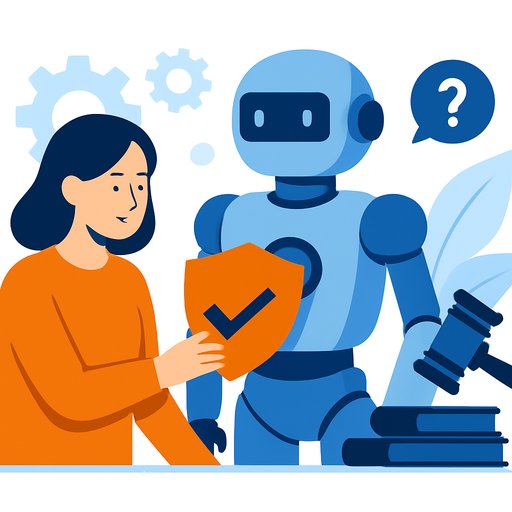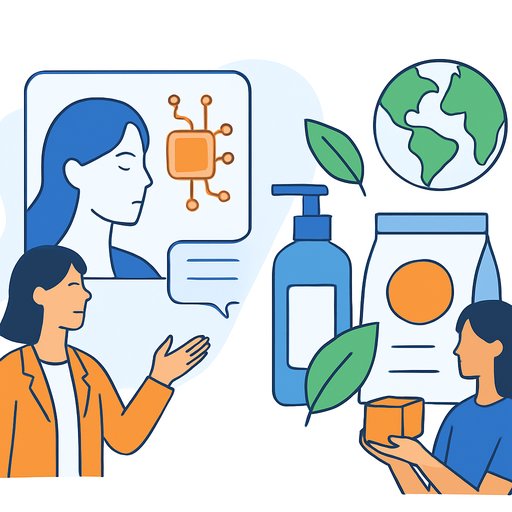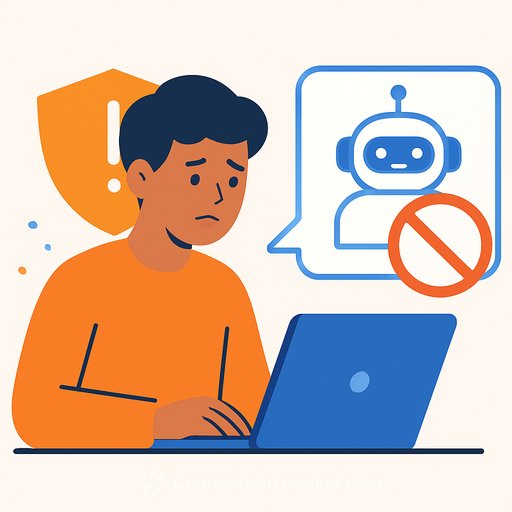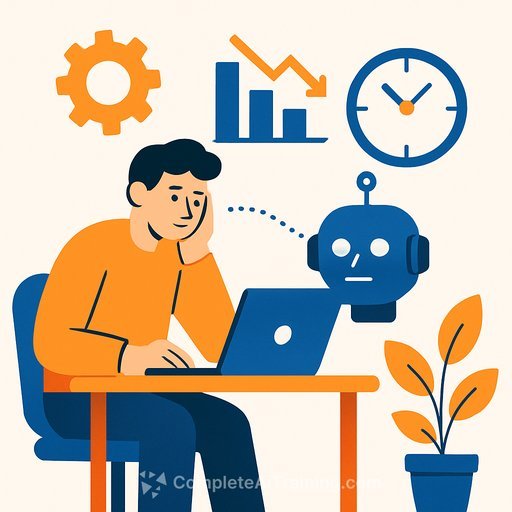Artificial Intelligence Teamwork Is King, Even When Generative AI Is Involved
Generative AI is making waves in product development, but how well does it work when integrated into teams? A recent large-scale field study at Procter & Gamble explored this question by examining how employees performed with and without AI assistance on real product innovation challenges.
Key Takeaways
- Working with generative AI boosts both productivity and performance.
- Teams paired with AI generated the highest quality product innovation solutions.
- The study reveals gaps that highlight the need for a deeper look into human-AI teamwork dynamics.
The study involved professionals tackling innovation tasks in a one-day virtual workshop across four conditions: individuals without AI, individuals with AI, two-person teams without AI, and two-person teams with AI. The AI system was GPT-4 via Microsoft Azure.
What the Study Found
- Performance & Productivity: AI clearly enhanced both. Teams working with AI produced the best solutions, followed by individuals with AI and then teams without AI.
- Time Savings: Individuals using AI completed tasks faster, with two-person teams using AI also showing significant time savings.
- Balanced Expertise: Without AI, participants stuck to their professional silos—either research/design or commercial. With AI, solutions blended both perspectives.
- Positive Emotions: Working with AI increased positive feelings, especially in teams, with individuals using AI matching or exceeding teams without AI in reported positive emotions.
Teamwork Still Trumps Solo Work
Although AI helped individuals generate better ideas, the top 10% of solutions came from teams working with AI. This suggests that collaboration remains the most powerful factor in innovation.
The study calls GPT-4 a “Cybernetic Teammate,” but the AI acted more like a dynamic tool for ideation and brainstorming rather than a true teammate. Real teamwork requires ongoing role negotiation, coordination, shared goals, and mutual influence—areas where current AI falls short.
Four Levels to Analyze Human-AI Teamwork
To get human-AI collaboration right, consider these four crucial layers:
1. Task-Process Architecture
Before building AI into teams, understand the nature of the task. Using established models like McGrath’s Task Circumplex and Steiner’s Task Taxonomy helps clarify whether tasks are divisible, what performance criteria apply, and how interdependent the roles are. The study focused on generating and choosing ideas but didn’t detail how AI and humans split or coordinated work. Knowing this is vital for designing effective teamwork.
2. Teamwork Behaviours
Successful teams exhibit leadership, mutual monitoring, backup behaviour, adaptability, and team orientation—supported by trust, communication, and shared mental models. The study didn’t explore whether AI can demonstrate these behaviours. Positive emotions were noted, but trust and team orientation—cornerstones of teamwork—weren’t measured.
3. Team Development
Teams evolve over time, moving through phases from formation to improvement. The one-day workshop in the study only captured a snapshot focusing mainly on clarifying roles and managing tasks. Long-term development and deeper integration of AI in teams remain unexplored.
4. Human Critical Leadership
Humans play an essential role leading AI collaboration through meta-cognitive oversight, ethical stewardship, strategic vision, and relationship management. These leadership tasks—such as spotting bias, aligning goals, and fostering team cohesion—can’t be handed off to AI. The study didn’t address these critical leadership functions but pointed toward their importance.
What This Means for Product Development
Generative AI can be a powerful ally in product innovation, especially when paired with teamwork. But AI still functions more as a tool than a teammate. To tap its full potential, product teams need to clearly define roles, track teamwork behaviours, invest in team development, and maintain strong human leadership.
For professionals in product development looking to enhance their skills with AI, exploring targeted training on AI collaboration and prompt engineering can be a smart move. Resources like Complete AI Training’s product development courses offer practical guidance on integrating AI tools effectively.
Incorporating AI won’t replace teamwork; it will reshape how teams innovate together. The highest-value outcomes come when humans lead with clear roles and ethical oversight, supported—not replaced—by smart AI tools.
Your membership also unlocks:





